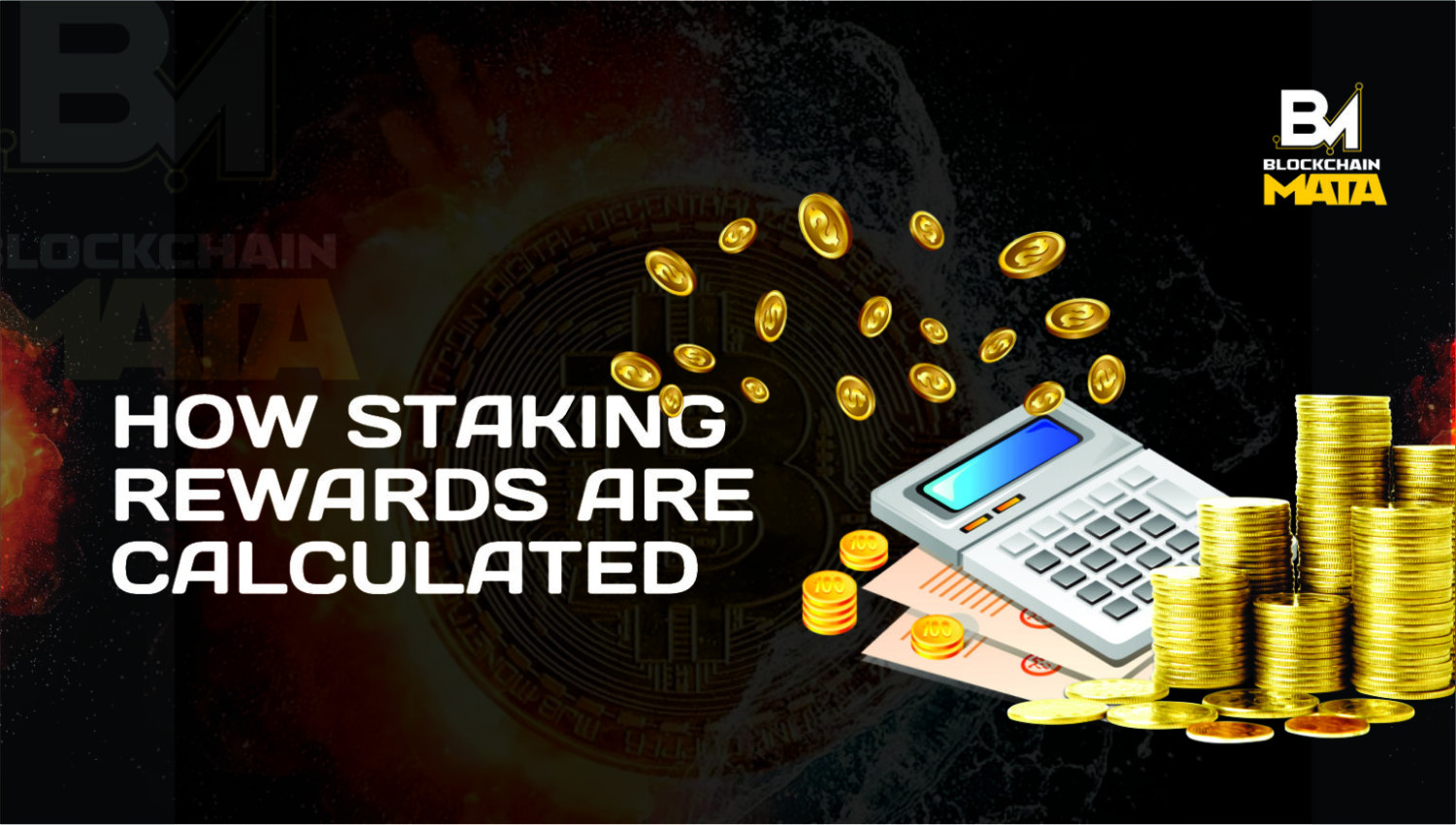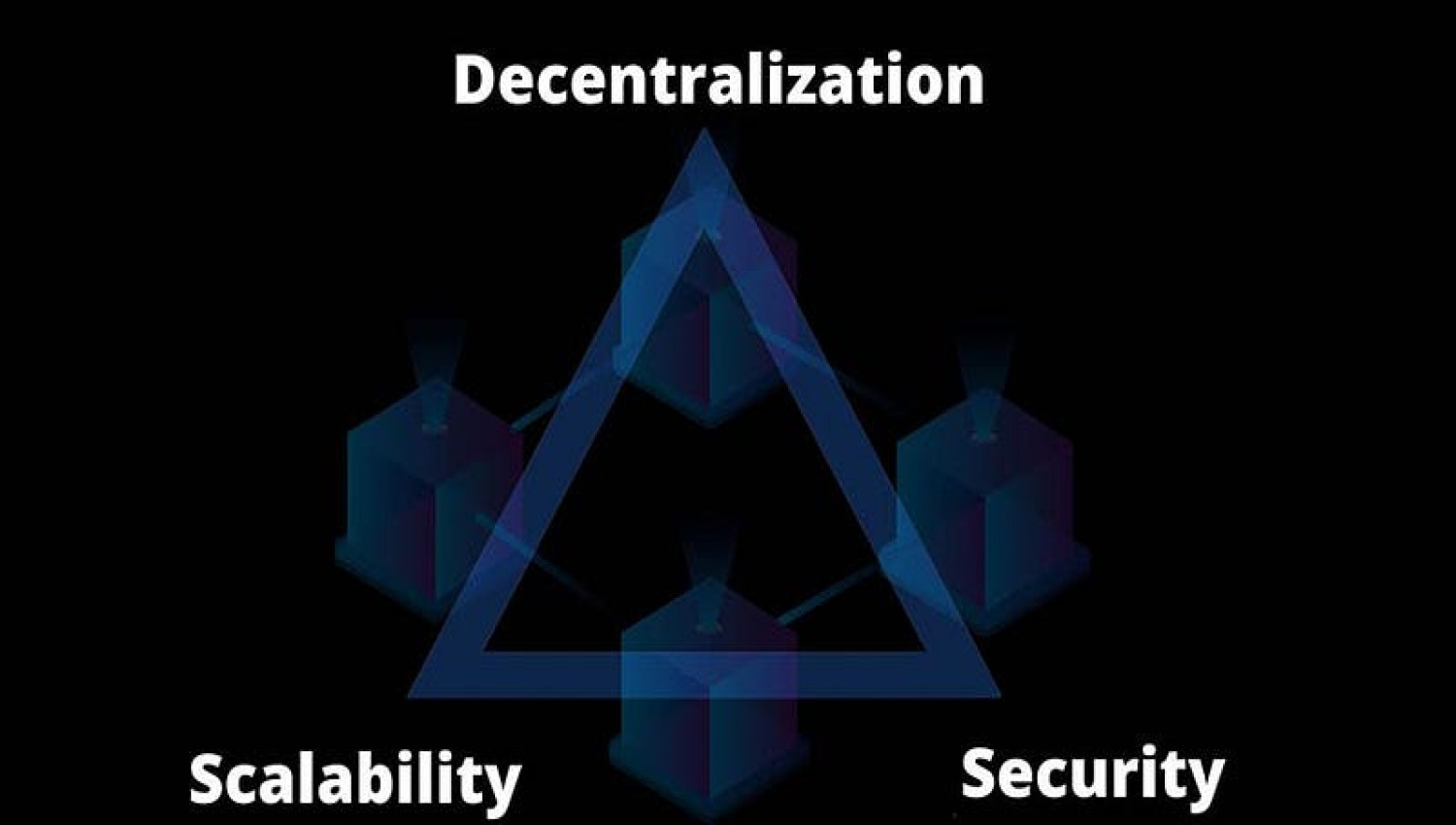How Staking Rewards are calculated, 3 things to note.
1 year ago By Blockchain Mata

Have you ever wondered how your staking rewards are calculated? The short answer is that it varies from coin to coin. What determines the rate of your staking reward depends on a few factors.
I will be explaining these factors in this blog post; and how to calculate your staking reward as I spent recent time reading the whitepaper and doing calculations to see how staking rewards are calculated in the system. I hope this will help the community to better understand the concept of staking rewards. The concepts shared here are applicable to all PoS coins.
What is staking?
A simple way to think about staking is that you are putting up a monetary deposit to validate transactions on the blockchain. Staking requires a user to lock up a predefined amount of cryptocurrency for a set period of time. The blockchains then randomly choose validators who will be responsible for auditing the next block of transactions.
Staking is the process of holding funds in a cryptocurrency wallet to support the operations of a blockchain network. Essentially, it consists of locking cryptocurrencies to receive rewards. In return for staking, participating users get small amounts of a new cryptocurrency for helping to maintain the network. In some cases, when you are staking you can also earn transaction fees. Your balance in whatever cryptocurrency you are staking will be locked up and unavailable for spending while it’s staked.
Staking is a good way to earn passive income as there is almost no risk, and you can either stake by yourself or join a pool. For the purpose of this article, we will be looking at staking with an exchange staking pool.
How do you stake?
Staking crypto assets is quite easy and straightforward, especially if you are staking with an exchange.
Joining a staking pool through crypto exchanges is recommended as a newbie, as you can consider several exchanges like Coinbase, Binance, PancakeSwap, etc.
You will first decide the exchange you want to stake in and the particular PoS, Proof-of-Stake, coin you want to stake. You go ahead to prepare the wallet for staking, buy the crypto asset and ensure you meet the minimum requirement of the exchange you are using for the stake. Follow instructions carefully and you will successfully stake your assets.
Learn more about staking here, how it works, the importance of staking to the blockchain networks, and the pros & cons of staking crypto assets.
What are staking rewards?
Staking is a way of earning money by putting your crypto assets to work. It is similar to a dividend payment in traditional markets, but in this case, it is the blockchain that calculates and pays out the reward.
Staking reward is the amount of money a cryptocurrency holder earns by holding that cryptocurrency in their wallet and it is calculated using several factors, including how much of the currency you are holding and how long you have held it.
These rewards are the interest you receive for locking your crypto into a Smart Contract. They are given to holders as an incentive to keep their funds in an account so they can participate in securing a blockchain.
It is a way of incentivizing users to keep their tokens and utilize them rather than selling them right away. And because it is possible to stake cryptocurrency on one’s own through an exchange or third party, even those who do not have much technical knowledge can do so and earn rewards for it.
The rate at which you earn staking rewards is determined by the following factors:
- Amount of the token you hold
- Price of the token
- Number of the token in circulation
- Total number of the token being staked
- Time period that the token has been staked
- The network’s annual inflation rate
How do staking rewards work?
In order to receive staking rewards for a given coin, you must hold some of that coin in a wallet on an exchange that offers to stake. Some exchanges require users to hold their coins in a special wallet in order to receive staking rewards; others allow users to receive staking rewards just by holding their coins in any wallet on the exchange. The specific requirements vary from one exchange to another.
This works by rewarding a percentage of all transaction fees accrued by the network to stakers of the token. Stakers do not need to be online to receive these rewards, but they do need to stake their tokens.
The specifics depend on the type of stake involved, but generally speaking, the more money you have in your wallet, the more interest you earn. Similarly, the longer you hold your currency in a crypto wallet, the better as far as staking rewards are concerned.
How are staking rewards calculated?
These rewards from exchanges are generated from a pool of tokens that is set aside for this purpose, and different factors determine how much of this pool you can earn. Let’s look at the details.
For a particular crypto-token, X, rewards generated in the token’s network are calculated based on the percentage of all X being delegated by users at any given time. The reward rate is based on an annualized basis; it’s determined by dividing the total amount of X being delegated (the total quantity of the token staked) by the quantity of token in circulation:
(Delegated supply) / (Total token supply) = Annualized reward rate
This number is then divided by 365 days (to calculate the daily rewards rate) and by 30 days (for the monthly rewards rate), to determine your actual reward rate for each period. These rates are updated automatically when the network receives new data about delegations.
The rate of staking rewards you then receive is calculated by multiplying the annualized reward rate usually called annual percentage yield (APY) by the number of coins you hold times how long you hold them.
Suppose for a coin that the annualized reward rate is 4% and you have 10,000 coins on the exchange. If you leave those coins there for one month, your return will be 4% of 10,000 divided by 12 (the number of months in a year), that is 33 coins. If you leave them there for a full year, your return will be 4% of 10,000 and that is 400 coins.
According to the Cosmos whitepaper, the staking reward equation is as follows:
y = x * (1 + b)^n
Where:
– x is the initial amount of coin staked,
– y is the final value after n seconds, and
– b is the inflation rate per second.
Now that you know what staking rewards are, you can now be able to calculate how much you earn by staking your tokens in any exchange. As usual, do not hesitate to leave a comment. Tell me what you think about staking and its rewards.



